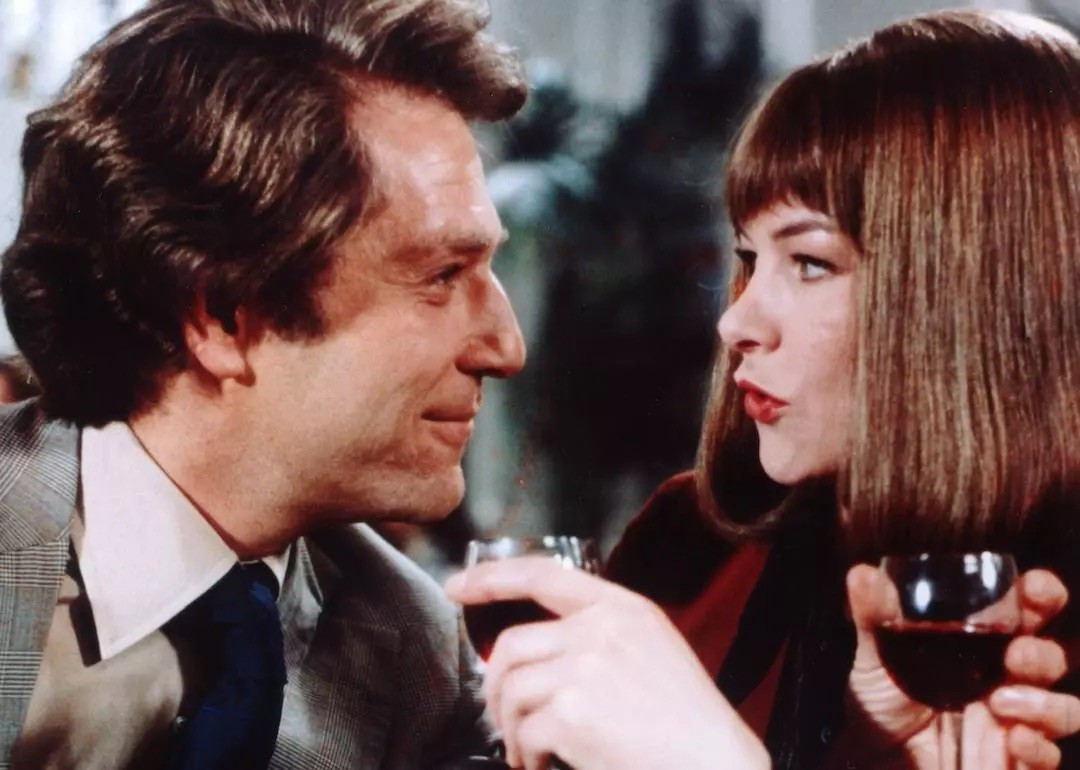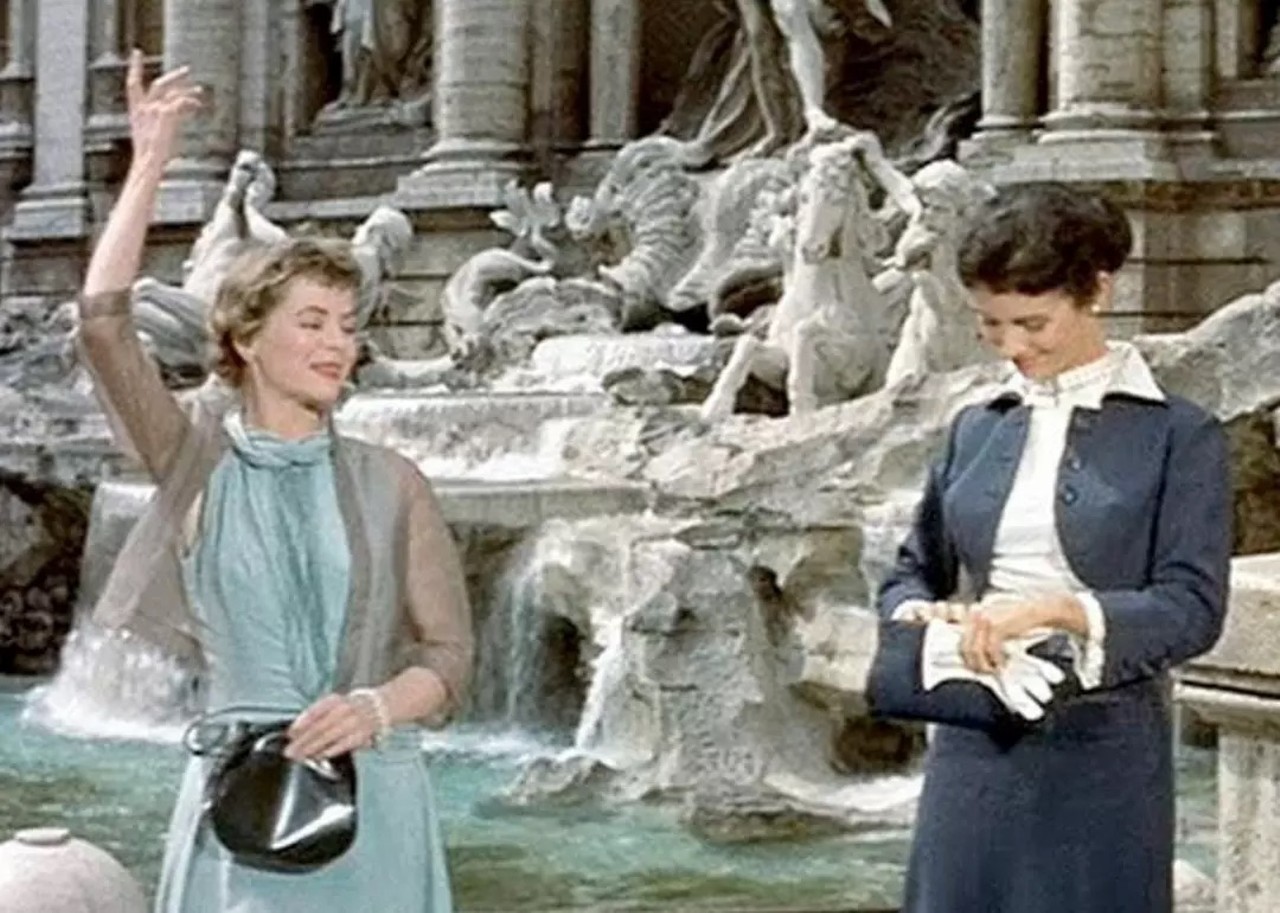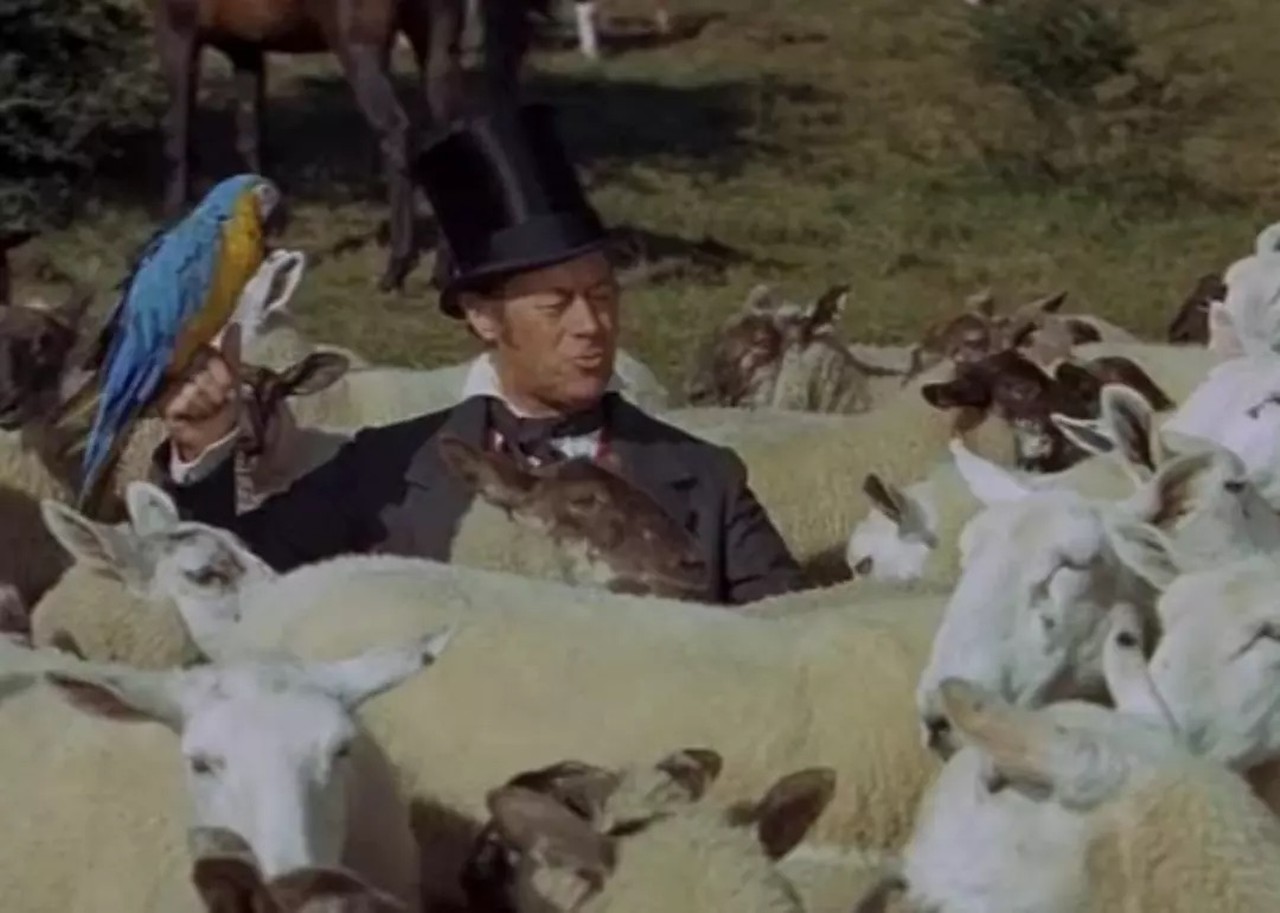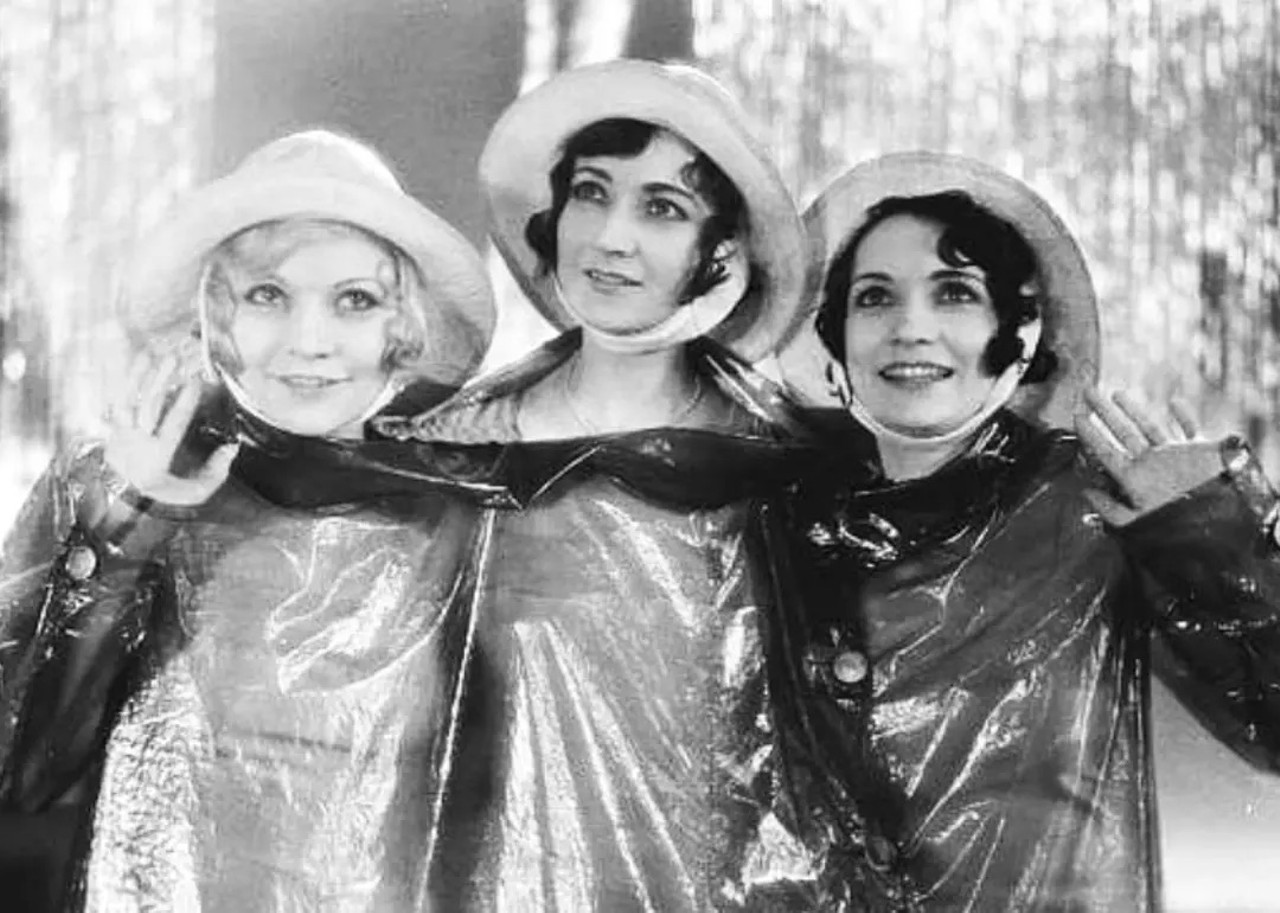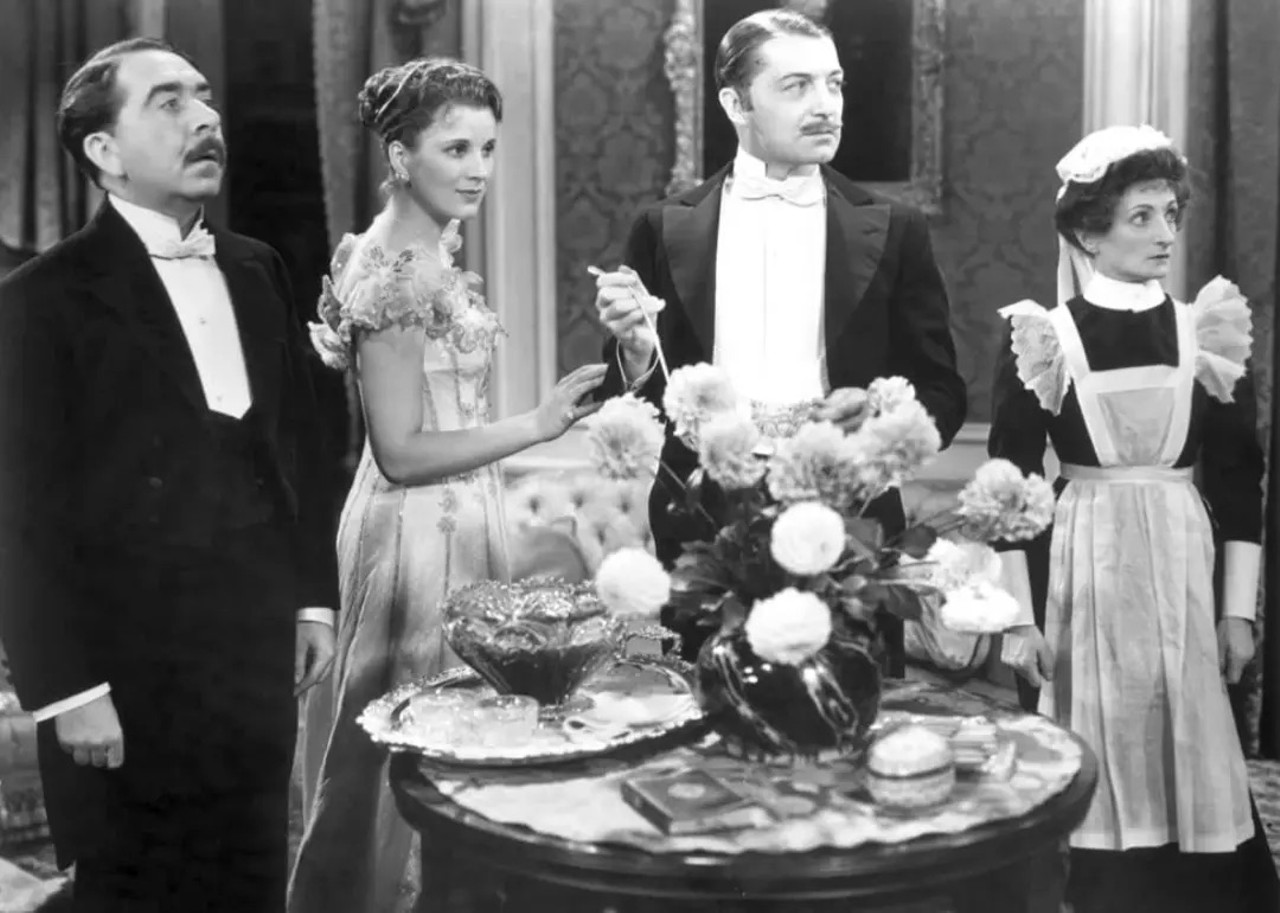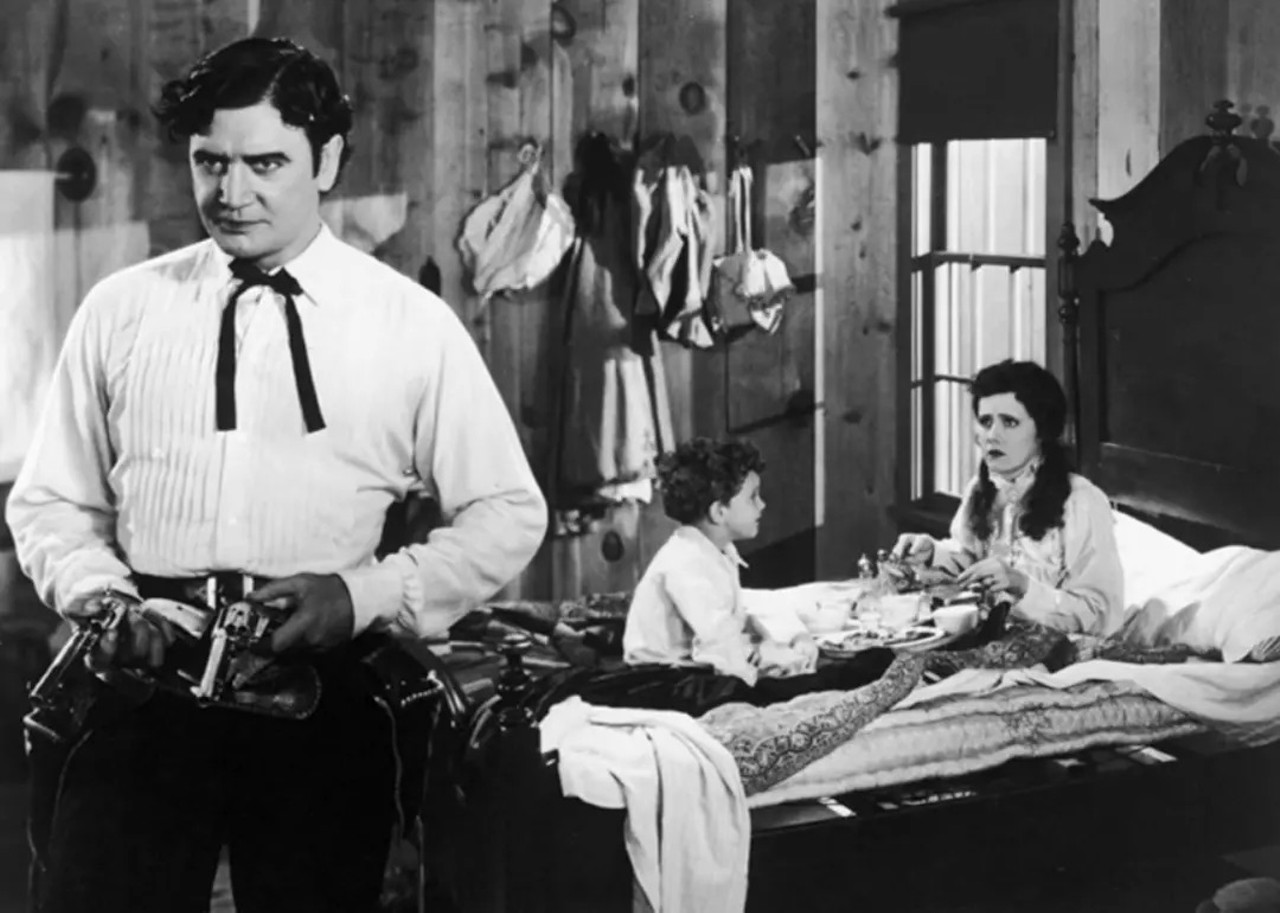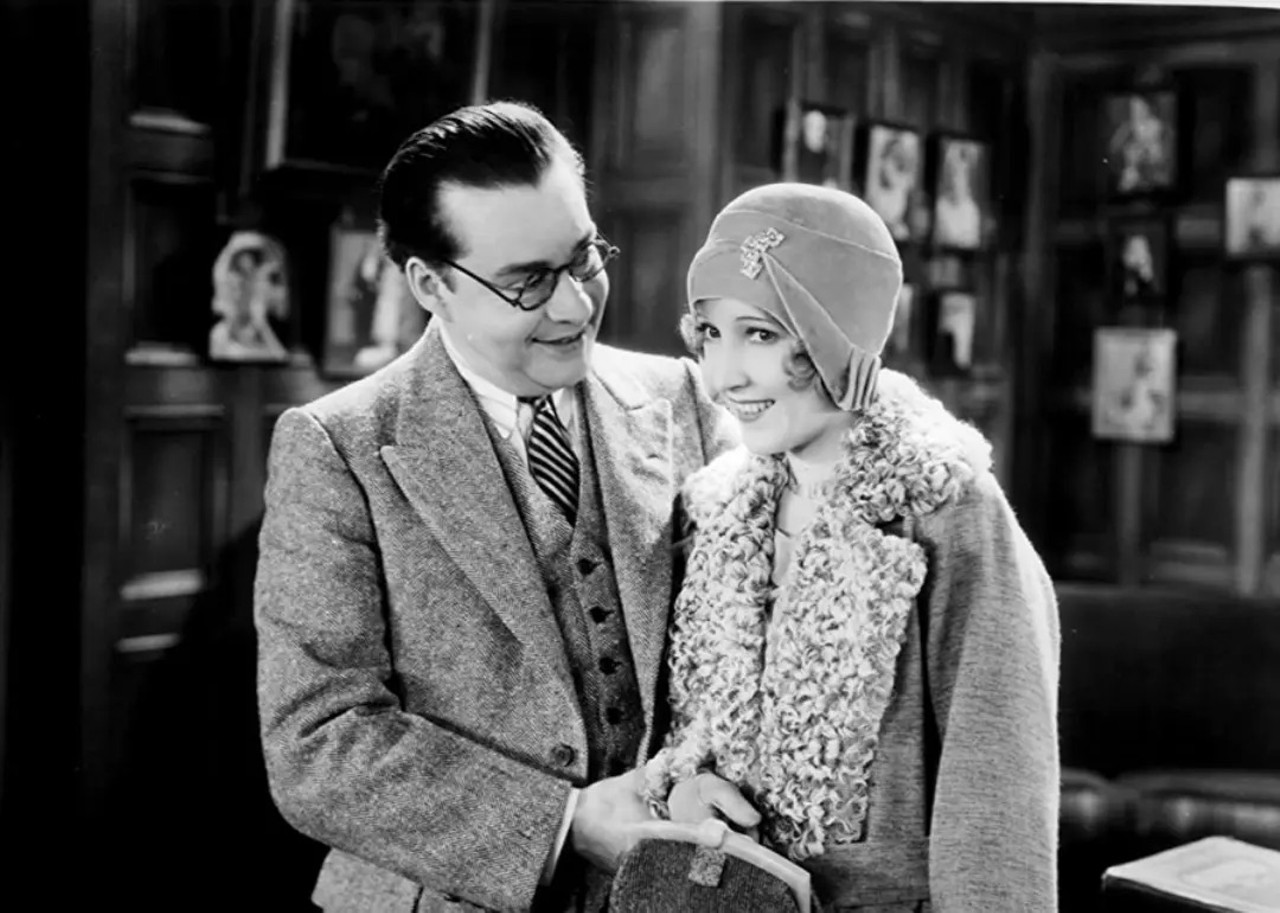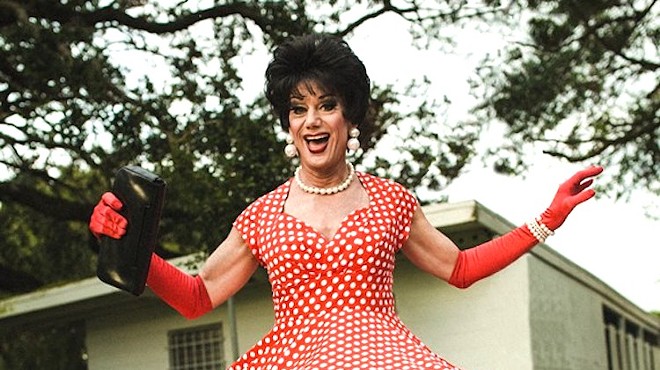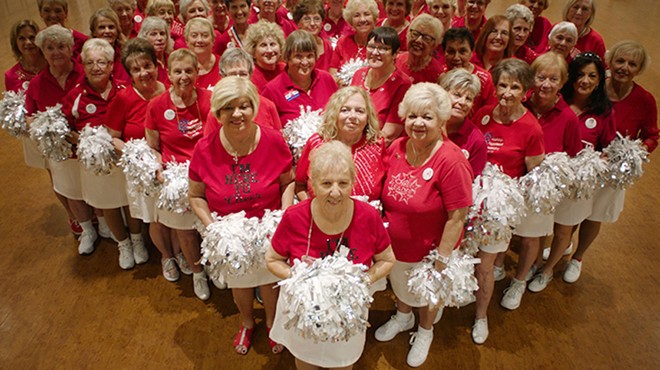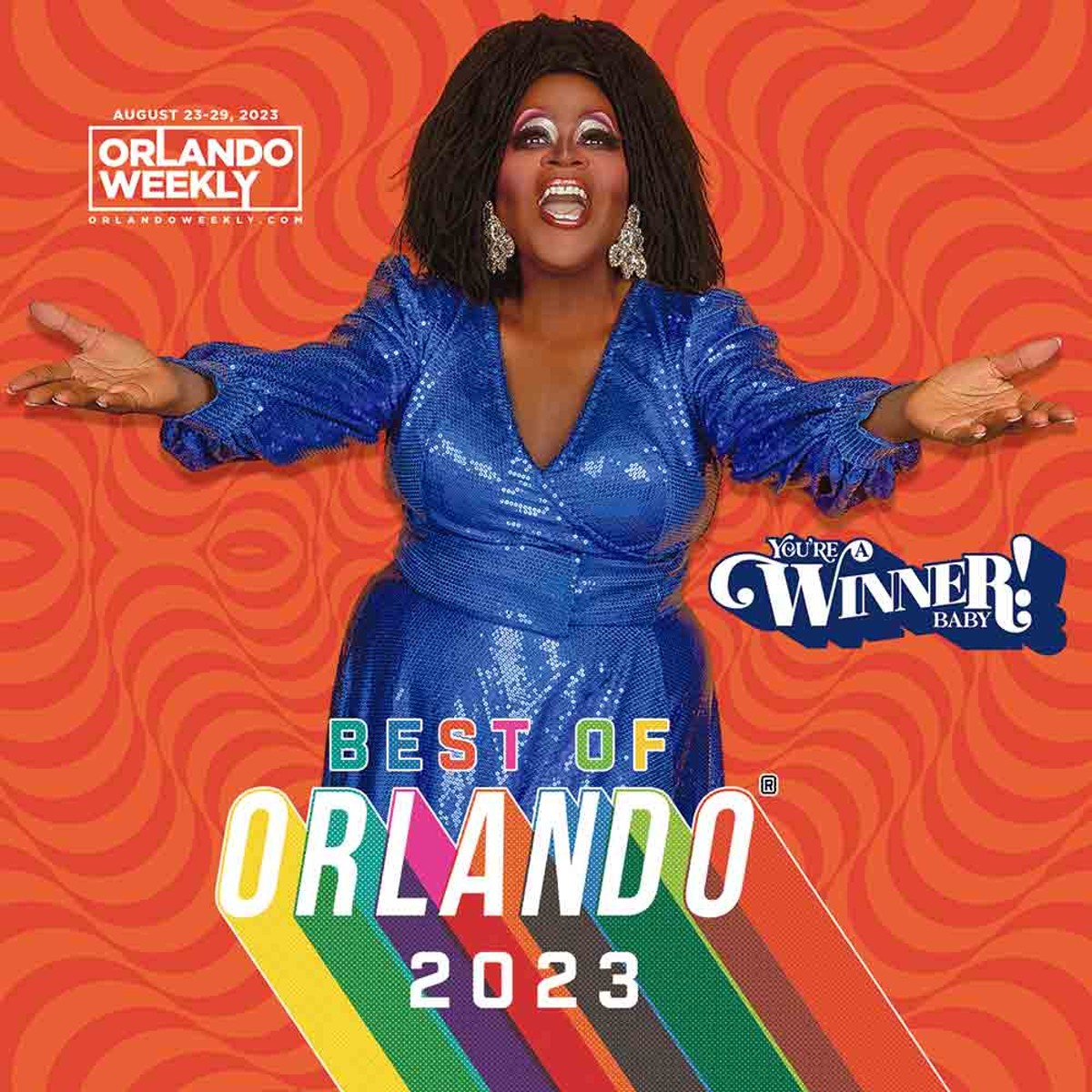Each year, cinema aficionados wait with bated breath for the Academy Awards, a ceremony that upholds the tradition of honoring the year's best films — in concept, at least. In reality, the Academy of Motion Picture Arts and Sciences doesn't always get it right when it comes to nominations and awards alike. That's especially true in retrospect, with previous nominees and winners showing their age over time. What was once considered classic may now seem relatively subpar, or at the very least, insignificant.
Why does a lackluster film get nominated in the first place? One might wonder. There is no single particular reason — even a bad Oscar nominee or winner will potentially offer something of value. Sometimes, the movie exhibits certain anachronisms that enrapture audiences at the time, but poorly date themselves. Or, in the case of the 1967 release Doctor Dolittle — which tanked at the box office but nevertheless won multiple Oscars — the studio aggressively campaigned during awards season.
Then there are just the bad movie years, in which the cream of the crop is still somewhat inferior to the films that came before and after. Of course, these are Best Picture nominees, so the bar still sits high on the low end — or does it?
To determine which nominations were the "worst" in Oscar history, Stacker gathered all of the movies nominated for Best Picture at the Oscars from 1927 to 2022, and based on data released in 2022, ranked the lowest 25 in the group by IMDb user rating, with #1 being the "worst." Ties were broken based on the number of user votes, and films had to have at least 1,500 votes to be considered for this list.
Believe it or not, some of the films ranked below actually did go on to win the Academy Award for Best Picture. Read on to see which films were the "worst" to be nominated for the top prize at the Oscars.

